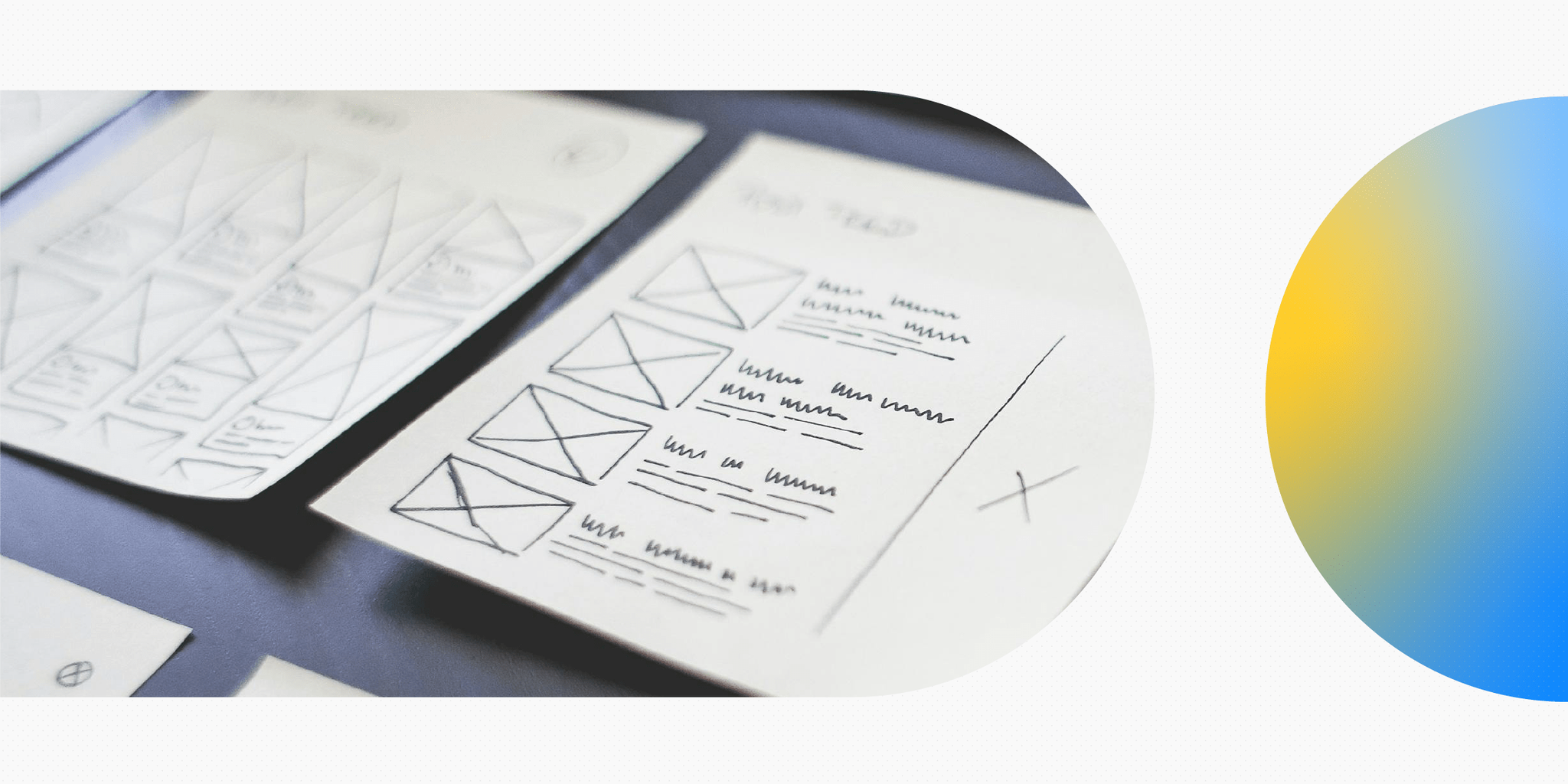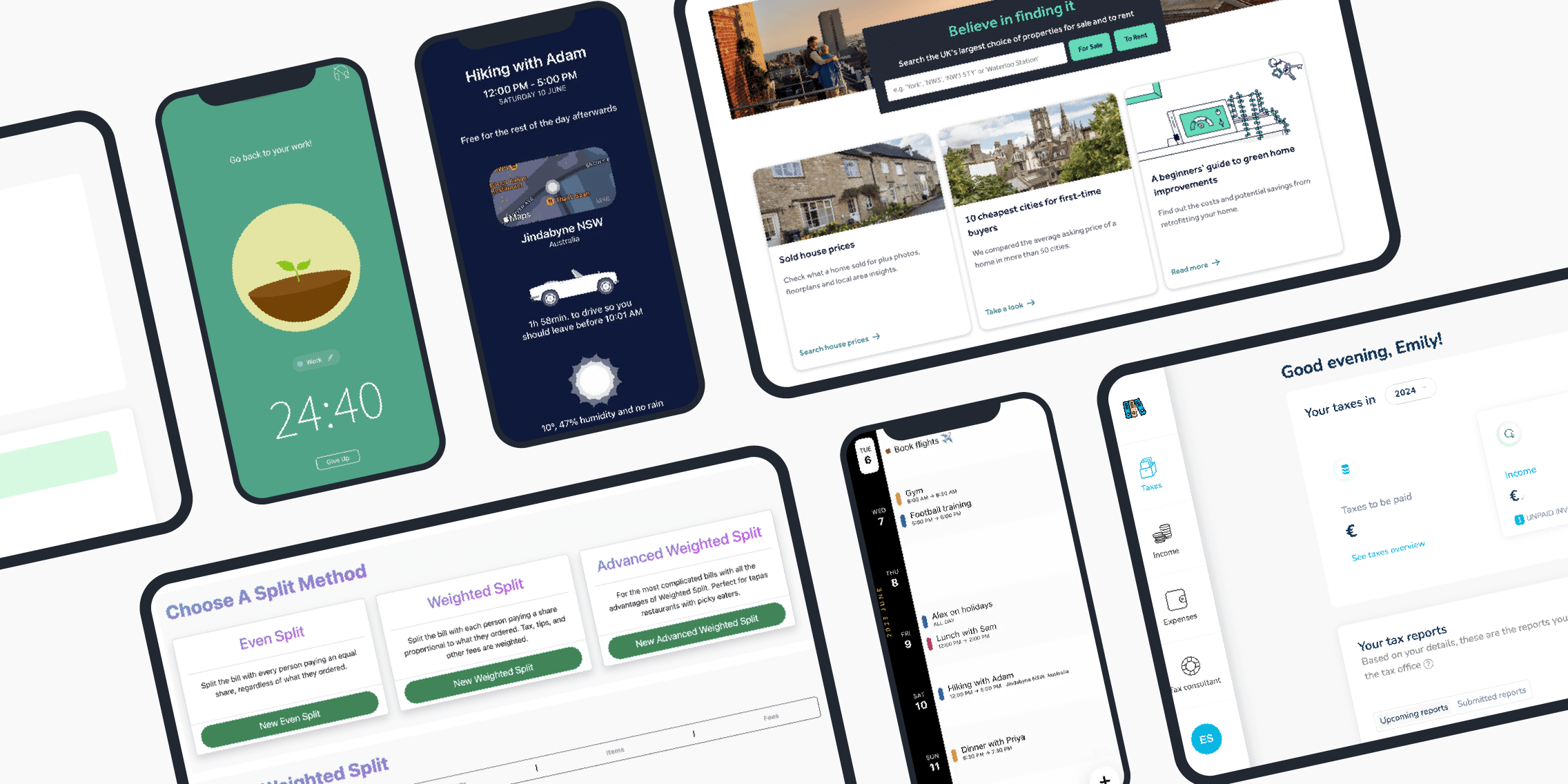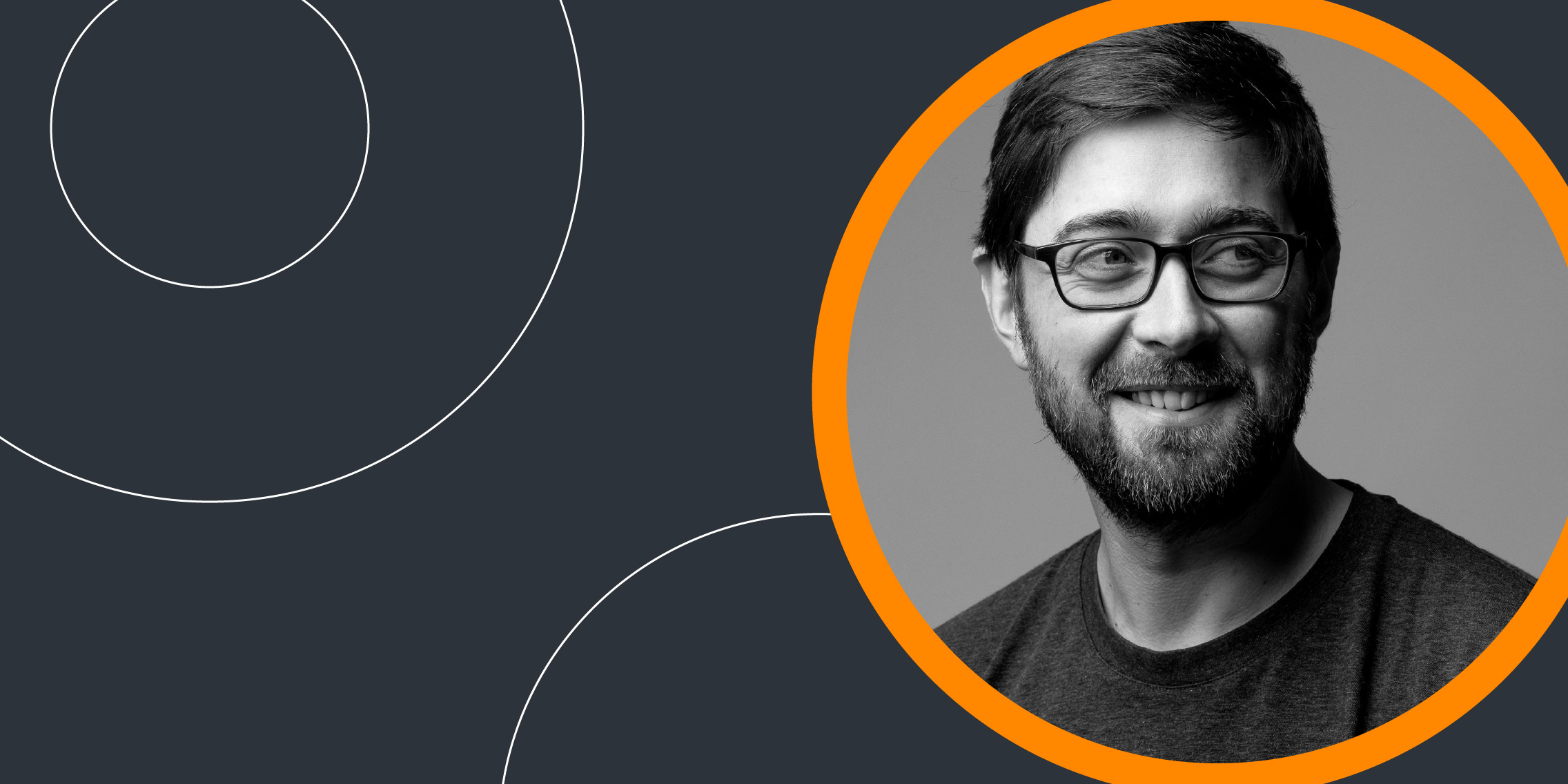As design and user experience gain prominence as top-priority skills for businesses globally, product design is rapidly becoming one of the fastest-growing fields. Among the most sought-after roles in this area is that of a product (UI/UX) designer
But what can you do to get into the field if you have no training and are well past your school years? Taking a course is the obvious answer. In this article, we cover everything you need to know about choosing the right product design course to build a successful career in the field.
Let’s get started!
What is product design and what does a product designer do?
Product design is a cross-functional discipline that integrates research, strategy, UX/UI design, and business, involving extensive collaboration throughout the process.
Product design takes a product from conception to completion with an eye toward user needs and business goals. Product designers originate new product ideas through user research, competitive analysis, and market research, create wireframes, prototypes, and UI style guides during the design process, and might even oversee the development team and perform front-end coding at the end of the process.
Many product designers continue to oversee the product post-launch, monitoring user feedback and developing solutions when issues arise.
Product designers are part of the product design team, which includes UX designers, UI designers, developers, project managers, and more. Their job is to champion the product, ensuring it’s not only attractive to users but also cost-effective and offers a good return on investment.
Is a product design course worth it in 2024?
The short answer is yes, a product design course is worth it in 2024. While you could self-study or try a free course or a brief boot camp to make your product design dreams come true, you won’t get everything you need this way. For a more informed comparison of training options available in the market, please read our guide on boot camps and free courses and how they compare with certified courses.
A product design course gives you a structured learning path, accountability, project work, and support from industry experts. This will encourage you along your journey while teaching you everything you need to know to land an entry-level job in product design. Even better, you’ll get a certification in product design that will give you legitimacy in the eyes of professionals. And now is a great time to learn product design.
Overall the tech sector is on a rebound. As per the Computing Technology Industry Association (CompTIA), the tech industry added 240,000 jobs in 2023, a 50% increase from the previous year. This growth is expected to continue into 2024, with tech jobs projected to grow by 4.2% over the next year. As more businesses undergo digital transformation, product design skills are in demand in 2024. Plus, outside the traditional tech sector, hiring is growing for tech roles, especially in medical tech, finance, and government sectors.
In fact, in the UX Design Institute’s report on the State of UX Hiring in 2024, 66% of those responsible for hiring expected to hire in the next 1 to 2 years and 47% believe product designers will be on the top of their recruitment lists. Additionally, 77% of hiring managers would look for a UX-specific educational qualification from entry-level candidates. This makes now an excellent time to learn product design.
What topics should a product design course cover?
A product design course should cover a variety of topics. These include:
Product design skills
This encompasses a whole suite of topics, including user research methods and analysis, navigation and interactions, prototyping, layout, iconography, colours, and typography. These skills should include understanding user needs, laying out a fantastic product with intuitive interactions, and designing an effective interface complete with iconography, typography, and colour.
Product design processes
Product design processes, such as workflows, interactions, design patterns, design principles, and presenting designs, should be included in any good design program. These topics teach you how a design goes from ho-hum to great. For example, you can learn how to increase the usability of any design or how an interface goes from sketch to polished creation. In addition, you should learn the process of developing a portfolio and presenting the designs you include to prospective employers.
Product design tools
Any program should offer the latest industry-standard software. This includes Google Analytics and Hotjar for user research, Miro and Mural for whiteboarding, Figma, Sketch, and Adobe XD for design and prototyping, and UserZoom and UsabilityHub for user testing. These programs should be integrated throughout the curriculum and used to complete projects so you can develop expertise with them.
What you should look for when choosing a product design course
In addition to making sure the course you choose includes all the relevant skills and tools you’ll need to work in the field, there are some additional things to prioritise when looking for a product design course. They include:
A quality, up-to-date curriculum
While many courses offer the basics, including learning how to create wireframes and prototypes, as the tech sector grows and evolves there are additional things to consider. For example, while it may not have been relevant a couple of years ago, today it’s important that any course offer a class on AI and its place in product design.
Offered by a reputable provider
Make sure a reputable institution offers the product design course you choose. They should have product designers, UX designers, and UI designers ready to teach you all you need to know about their profession, lending the institution and its course credibility and a reputation that precedes it.
University credit-rating
A university credit-rated course is one that has been reviewed and approved by a professional, external body. The course will, therefore, only be credit-rated if the course meets the accrediting body’s standards of quality. So if you find a product design course with a university credit rating, you know it’s gone through a rigorous process that signals quality. Moreover, because the learning providers need to reapply for their credit rating every few years, you know that their curriculum is up-to-date.
Support and mentorship
You don’t want to learn in a vacuum. So you’ll need a supportive community of mentors, fellow students, and other leaders who will come together to help you every step of the way through the course. This includes a community of students who you can share your experiences with, a mentor from the field who can answer all your questions, and professionals who can keep you on track.
Practical application of the skills you’re learning
You should get at least two or three good projects for your portfolio from any course you take. You should also be able to take on a variety of smaller projects that helped you work through the skills you’re learning in practical ways. It all adds up to learning the topics and tools you need to get a job.
How to choose the right product design course for you
In addition to ensuring the product design course you choose offers an up-to-date curriculum by a reputable provider, it’s important to consider your own unique needs and goals. Things that should factor into your decision include:
- The flexibility of the course — Does the course have set deadlines each week or one big deadline at the end of the course? It could make a big difference if you have active time constraints.
- Learning format — Is the course delivered asynchronously online, live online, in person, or a combination of these? The answer could mean the difference between showing up at set times — or at least trying to — or logging on when it’s convenient.
- Budget — What will the course cost? Is it within your budget? Are there payment plans available? These things will make a difference in whether you can afford the course or not.
- Time per week — How many hours a week does the course go for? Depending on your time constraints, this could mean you’ll have the time to participate and complete your work or not.
- How long does the course go for — How many weeks and months does the course go for? Knowing how much time you have to commit to a course on product design can make a difference in which course you choose.
- Career guidance and interview preparation – What kind of help would you need to understand the job market and where to look for opportunities? Is their guidance provided for interview preparation and CV customisation?
Learn product design with the UX Design Institute
If you’re looking for a great course with everything we’ve covered, consider the UX Design Institute’s Product Design Programme. The program combines UX and UI design to create products that meet user goals, are visually appealing, and fulfill business objectives.
Through the UX Design Institute’s Product Design Programme, you’ll get experience with all parts of the product design process from user research to wireframing and from usability testing to user-friendly UI design.
The program also includes all the support you could want, including an active student community where you can collaborate and build connections and course mentors who bring years of practical insight and experience. Furthermore, this course is credit-rated by Glasgow Caledonian University and endorsed by leaders in the tech industry. The UX Design Institute team also provides career guidance and helps you prepare for your interviews.
Go to the program page to request more information or speak to an advisor.
Key takeaways and next steps
This blog post has hopefully helped you understand what you should look for in a product design course and what makes a course a good investment. Remember, unlike self-studying or bootcamps, a product design course will give you a structured learning path, support from industry experts, and the opportunity to do project work that leads to a great portfolio. Make sure the course you choose has an up-to-date curriculum provided by a reputable, university-accredited institution and that it can fit within your time and budget constraints.
Consider taking UX Design Institute’s Product Design Programme or learn more about product design by reading What does a product designer (UX/UI) do? Role, skills and salaries – a complete guide.





